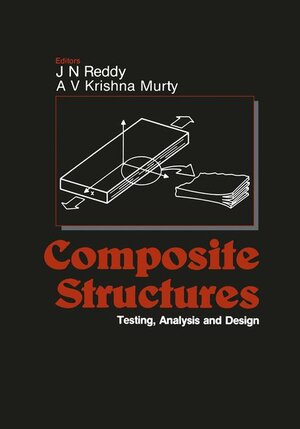
×
![Buchcover ISBN 9783540558798]()
The use of composite materials has increased steadily durlog the past two decades, particularly in aerospace, underwater and autornative structures. This is largely because many composite materials exhibit high strength-to-weight and stiffness to-weight ratios, which make them ideally suited for use in weight-sensitive structures. In addition, many of these materials are more corrosion resistant and more thermally stable than metals. The many advantages of composite materials will play an even larger role in future generations of military and transportation vehicles, as weil as in recreational, athletic, and medical equipment, and numerous other applications. To take advantage of the full potential of composite materials, structural engineers and designers must have extremely accurate tools of testing, analysis and design methods at their disposal. The testing and analysis of composite materials is complicated because of: the anisotropic structural behavior resulting from complicated constituent interactions, and . many special requirements of composite structures that are either not present in their metallic Counterparts or only characteristic of composite materials (e. g., delaminations, terminating plies, matrix cracks, fiber buclding and breakage, and many other local mechanisms). In the last decade there have been many significant contributions made by chemists, material scientists, and mathematicians toward the development of better material systems, test and evaluation methods, kinematic and constitutive models, and analysis methods. It is essential to periodically synthesize all developments and identify trends and future directions in research and industrial applications of composite materials.


